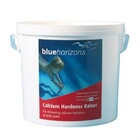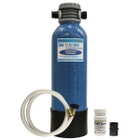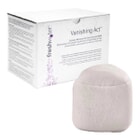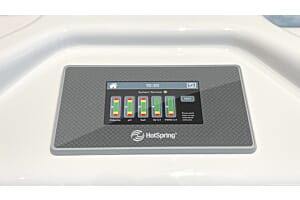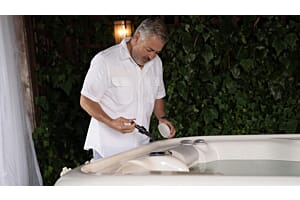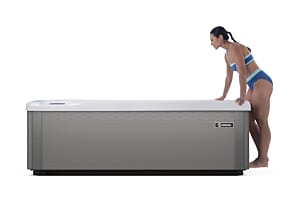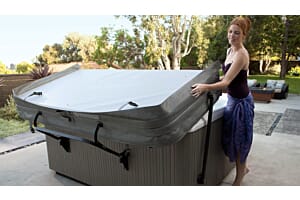A Guide to Calcium Hardness in Your Hot Tub

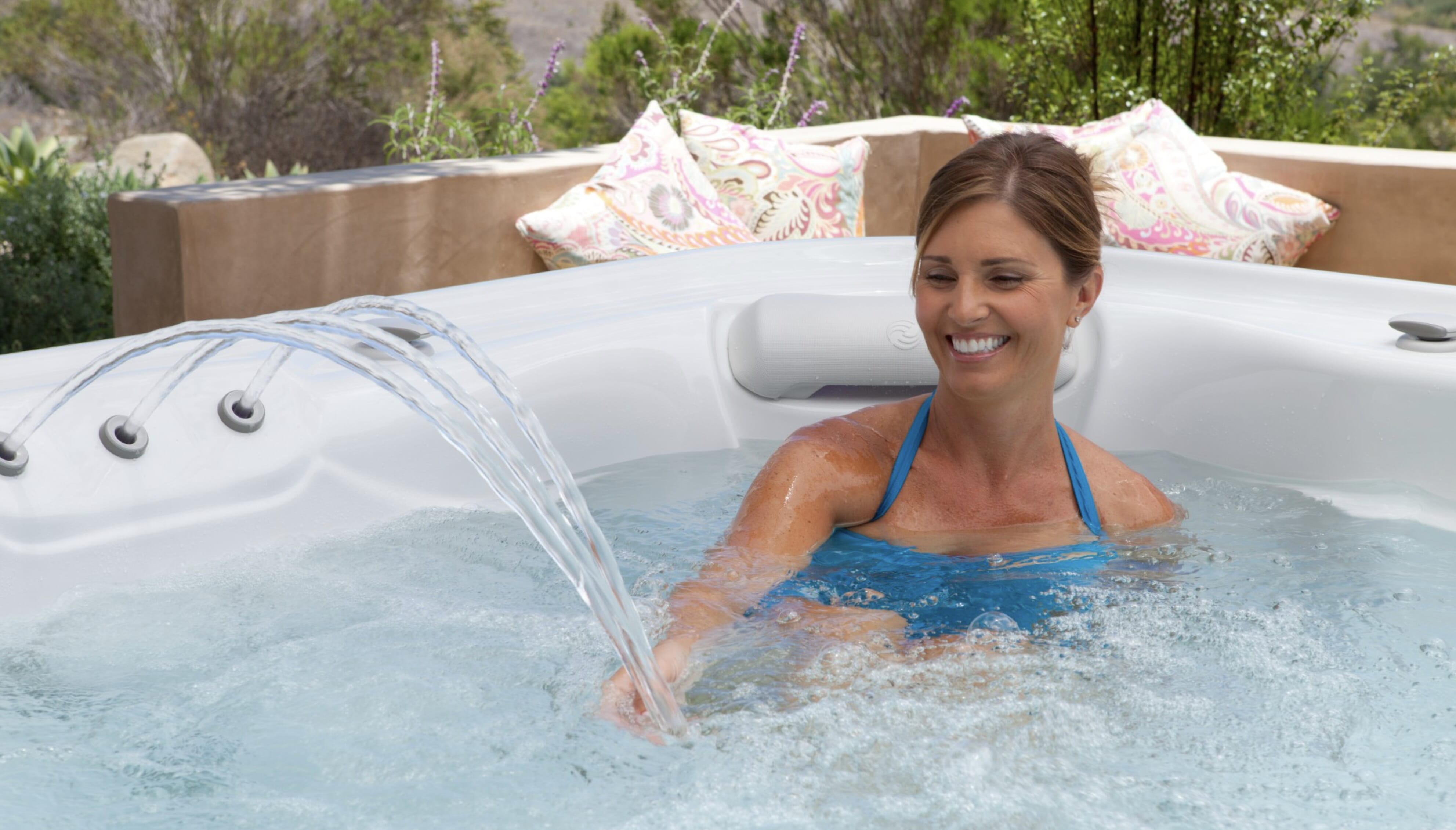
Calcium Hardness is an important measure in hot tub water chemistry but one that is sometimes overlooked or ignored. If this is extremely high or extremely low, it can have quite serious consequences with component damage, skin & eye irritation and scaling all common with an unbalanced hardness level. The reason this level is sometimes ignored is becuase having well balanced hot tub water (Sanitiser, PH and Alkalinity) can mask some of the effects like scaling. This guide will help explain what calcium hardness is, what a low or high calcium reading can do and how to balance calcium hardness in your hot tub.
What is Calcium Hardness?
Calcium hardness is the measure of how much lime (calcium) is dissolved in your water. If you live in the South of England, you most likely have "Hard Water", with lots of calcium dissolved in your source water. If you live in Scotland, Wales or the North of England, you most likely have "Soft Water" with a very low amount of calcium in your water.
You can find out if your source water is hard or soft by visiting your local water suppliers website. It is worth noting that your property may have a water softener built-in, which will reduce the hardness of the water coming out of your taps.
Why Do You Need to Balance Calcium Hardness in a Hot Tub?
A high reading of calcium can cause the following in a hot tub:
- Scale build-up. You can prevent scaling by balancing PH and Alkalinity in your hot tub but if you have high levels of calcium hardness and an imbalanced PH, it can lead to scale-build up on fittings and result in white deposits clogging your filters or floating in the hot tub. This can impact bather experience and also the reduce the lifespan of certain parts on your hot tub.
- Irritation. A high calcium hardness can make PH hard to balance and this can lead to high or low PH, which becomes irritating on eyes and skin.
- Cloudy water. If scale is loose and floating around your hot tub it can affect water clarity.
A low reading of calcium can cause the following in a hot tub:
- Corrosion. If your calcium level is too low, it can lead to fittings and parts being corroded as the water is starved of calcium and therefore tries to source this from components and metals in your hot tub.
- A slimey feel. Sometimes if calcium hardness is too low, the water can feel slimey.
If you have a salt system in your hot tub then calcium hardness is more important than normal. The reason for this is to stabilise PH levels and also to help your cell or cartridge last longer. If your water is hard, scale will form on the cell or cartridge that is performing the electrolysis and this will reduce its lifespan significantly.
How Do You Test for Calcium Hardness in Your Hot Tub? And What Level Should it Be?
Testing for hardness is quite easy with either Aquachek 6-Way Test Strips or Hot Spring 5-way Test Strips.
The level of calcium hardness in your hot tub should be 75-150ppm. For salt systems, you should target 25ppm to 75ppm.
How to Lower Calcium Hardness in a Hot Tub
Lowering hardness is more difficult than increasing. The best way to have the correct hardness in your water is to fill soft. If you have a softener in your household and the water from the tap that you are using to fill your hot tub measures the correct hardness level then simply fill using this water. If you do not have access to a softener then you can use a portable water softener. These softeners can be recharged easily in under 15 minutes so will last years.
If you have not filled soft and have hard water in your hot tub then you can remove calcium using the vanishing act calcium remover. This is specifically designed for Hot Spring hot tubs but can be used on any hot tub to remove calcium from the water. You will need to run your pump for 24 hours and keep the vanishing act bag over the suction to allow every inch of water to pass through it. The bag is then disposed of and if the calcium level is still too high, an additional bag must be used.
How to Increase Calcium Hardness in a Hot Tub
Increasing hardness is as simple as adding a Calcium Hardness Increaser. This product will bring the calcium level up to the level required. It is always best to underdose in this instance as you do not want to have to then reduce the level shortly after increasing it.
FAQs
Is Calcium Hardness the Same as PH?
No. Calcium hardness is the measure of how much lime (calcium) is dissolved in your water. PH is a measure of how acidic or basic water is. The two are linked because as explained above, calcium hardness can cause PH to be hard to balance. If you have hard water in your hot tub, balancing the PH will also help prevent scale build-up as although hardness exists in the water, you are managing this correctly through PH. To reduce risk of scaling, it is always best to get your calcium hardness levels correct too.
How do I remove scale build-up from my hot tub?
If scale has started to form in your hot tub due to an imbalanced calcium hardness and/or PH level then you can break this down on to your filters using an anti-scale product like Happy No Scale or AquaSparkle ScaleAway. Ensure you clean your filters a day or so after dosing with this product.




